-

Meet the Subaru Vauxhall Zafira
© SubaruBuy a modern Vauxhall and you’re essentially splashing out on a restyled Peugeot. The Corsa, Astra and Mokka are the 208, 308 and 2008 respectively, albeit with Vauxhall makeovers. And that’s fine, because Peugeot builds some excellent cars. But it got us thinking about the older Vauxhalls in disguise, which is why we’ve created a list of our favourites.
-
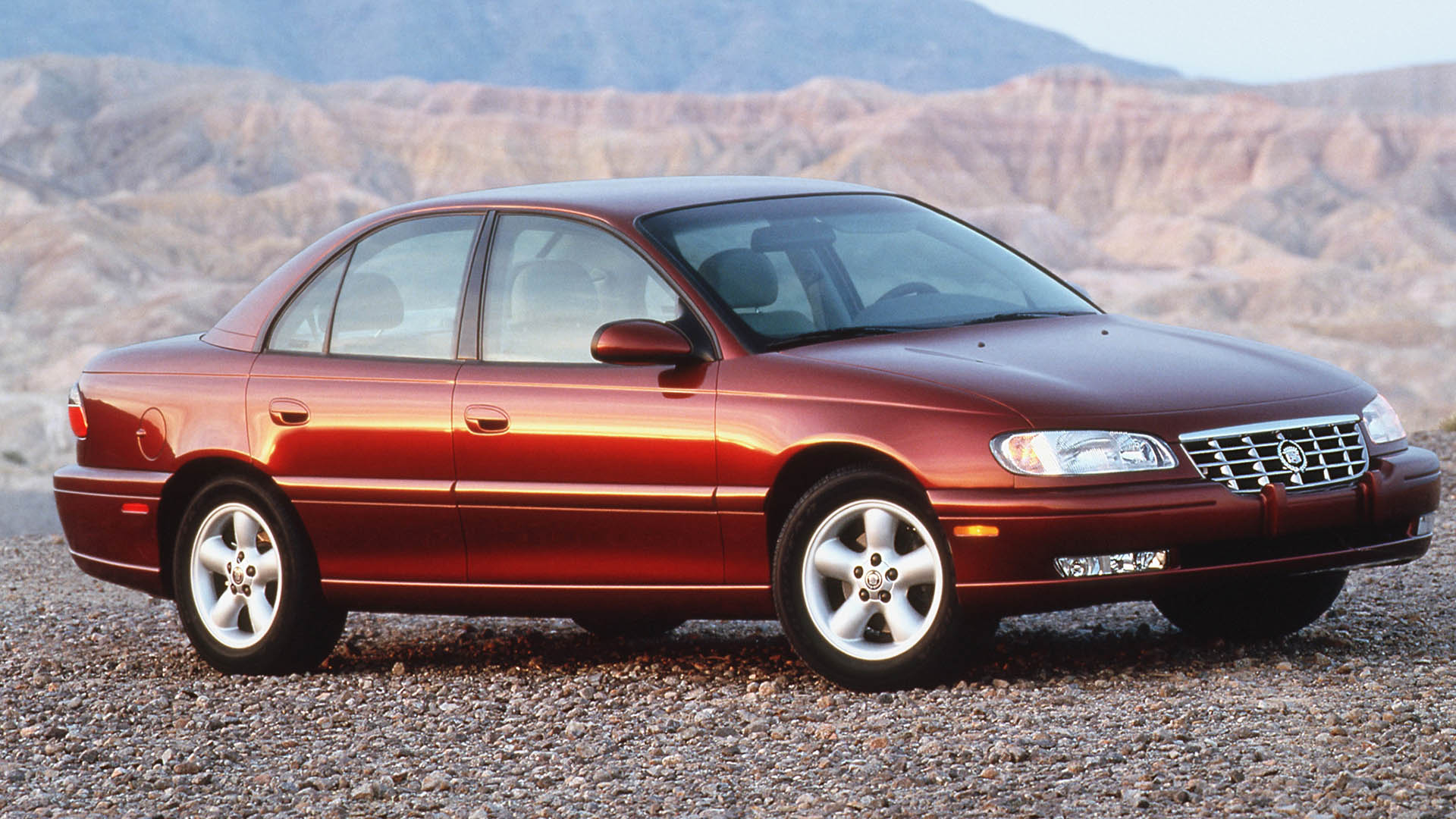
Cadillac Catera
© CadillacAccording to General Motors, the Catera was ‘The Caddy That Zigs’. Whatever that means. It gets worse, because the brochure said: ‘Once in a blue moon, something new comes along that scrambles your preconceptions and turns out to be a whole new omelet”. The spelling of omelette was the most American thing about this boiled, ahem, Omegg-a, the sales of which could be best described as ‘rotten’.
-
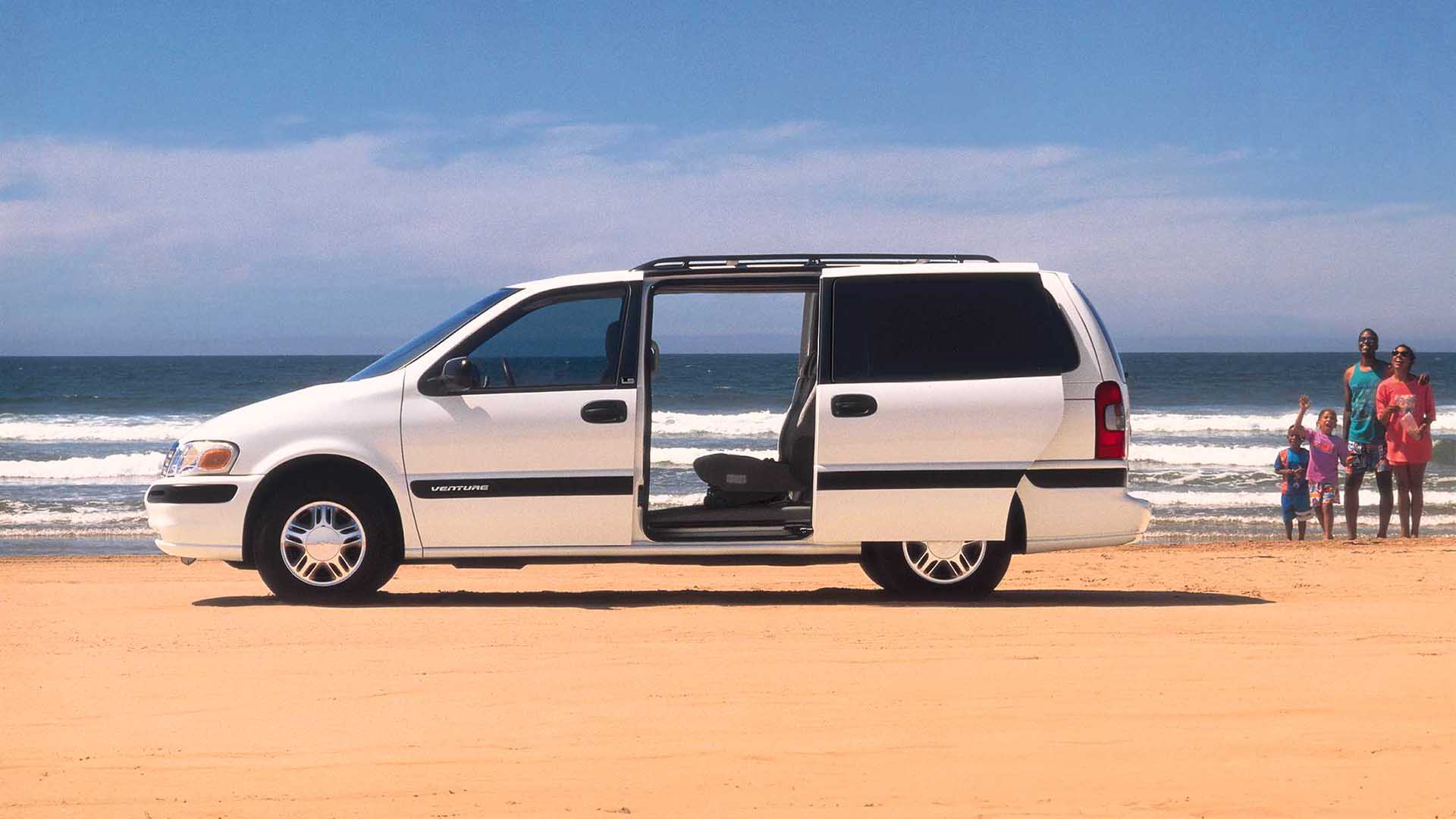
Chevrolet Venture
© ChevroletYou might ask yourself why that family is looking so happy. Is it because they’ve enjoyed a nice day building sandcastles at the beach? No, they’re laughing at Europeans who are about to be subjected to the horrors of the Vauxhall Sintra: one of the most unsafe and unreliable cars to grace our roads. GM sold it in North America under many guises, but sending it over here was a sin.
-
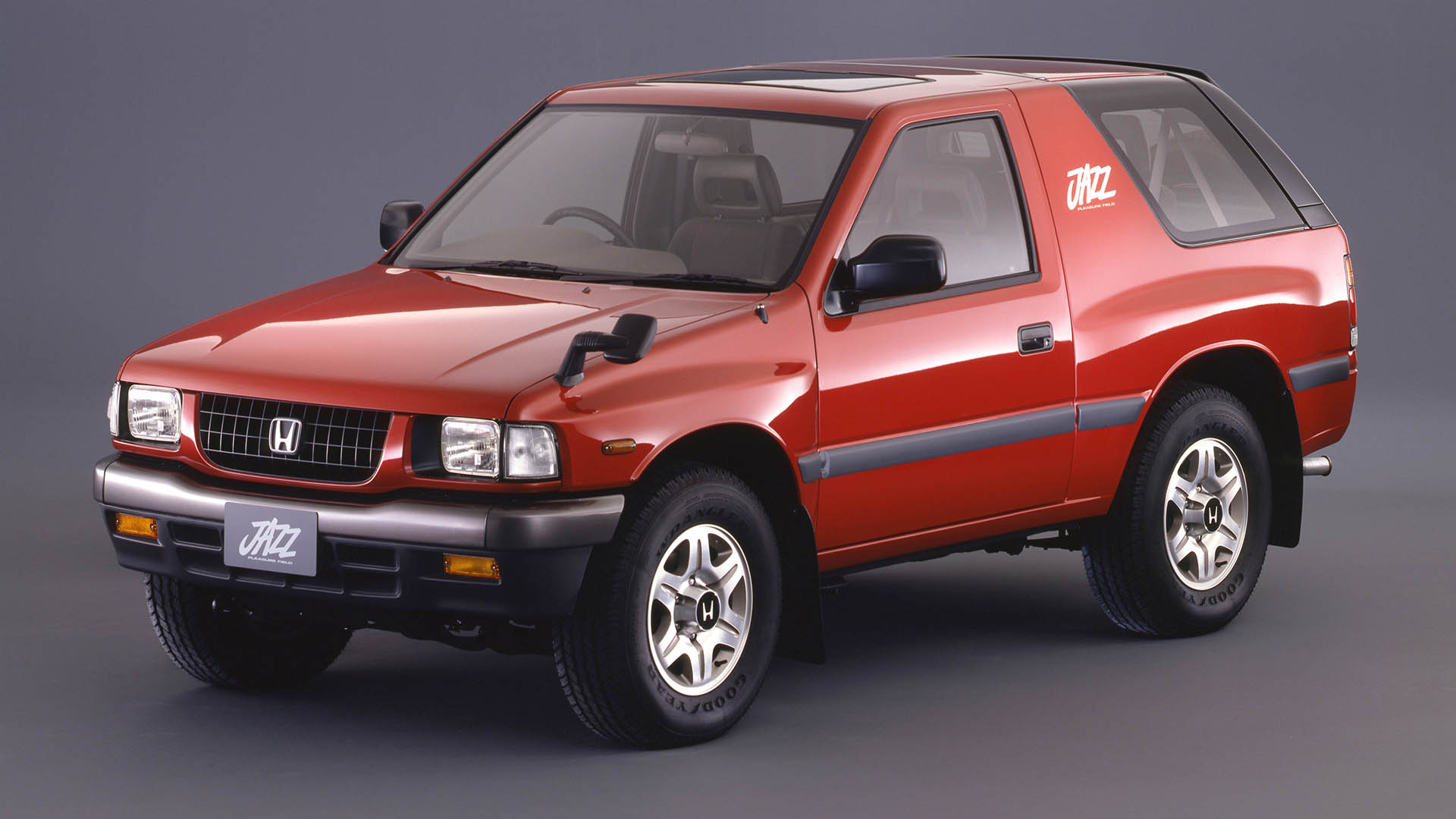
Honda Jazz
© HondaThe Vauxhall Frontera was one member of an international group of SUVs based on the Isuzu MU. That’s MU for ‘Mysterious Utility’, an appropriate name for a car twice found on the summit of Snowdon. The mystery wasn’t who did it, but many people questioned why Craig Williams did it twice. Amazingly, Honda badged the MU as a Jazz with the sub-brand of ‘Pleasure Field’. It’s the Frankie Goes to Hollywood track we wish Holly Johnson had written.
-
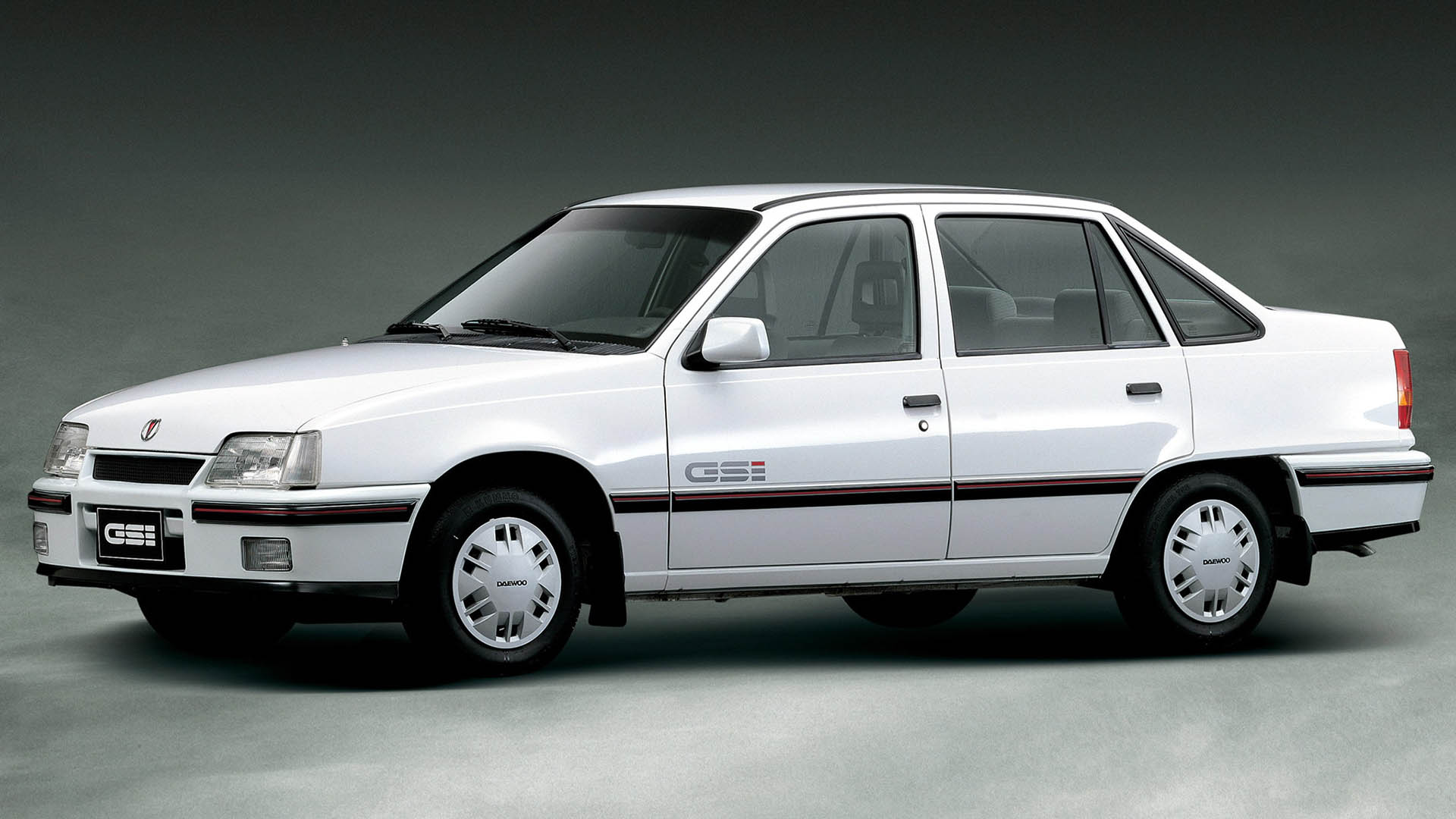
Daewoo LeMans
© DaewooThe Vauxhall Belmont is arguably best known for being one of the most stolen cars in Britain. Daewoo – no doubt seeing this as a sign of desirability, rather than the fact that it was simply easy to break into for would-be joyriders – decided to base its first car on the Belmont. Not only that, it decided to call it LeMans. We only wish Daewoo had launched a Blackbird Leys special edition.
-
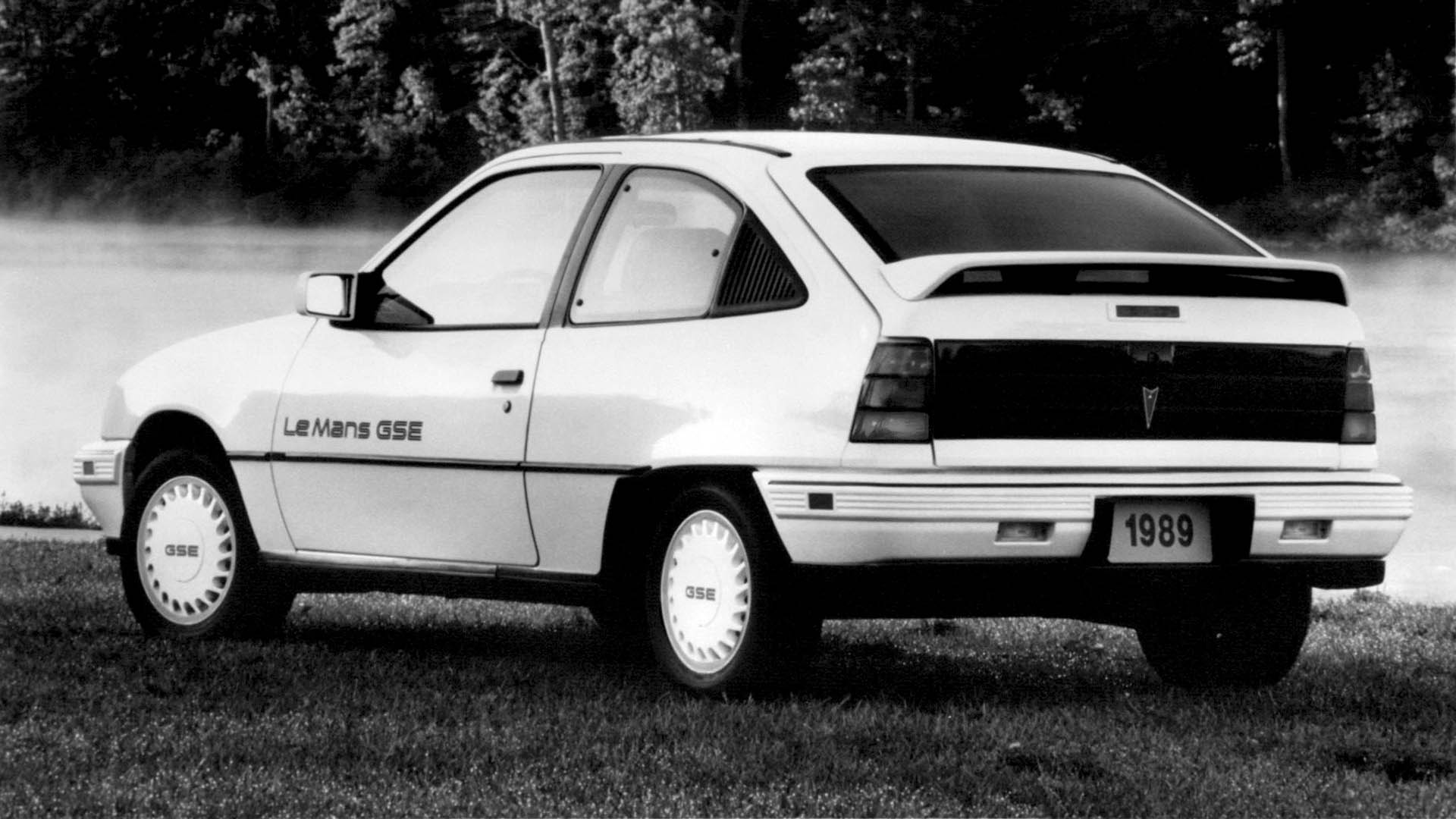
Pontiac LeMans
© PontiacWhile the five-door version of the Daewoo was called the Racer (yes, really), things were different in the US, where the LeMans name was used for both the saloon and hatch variants. Rather brilliantly, Pontiac labelled the hatchback ‘Aerocoupe’, as it tried to give the GM hand-me-down some much needed glamour. The American cars were built alongside their Daewoo equivalents in South Korea.
-
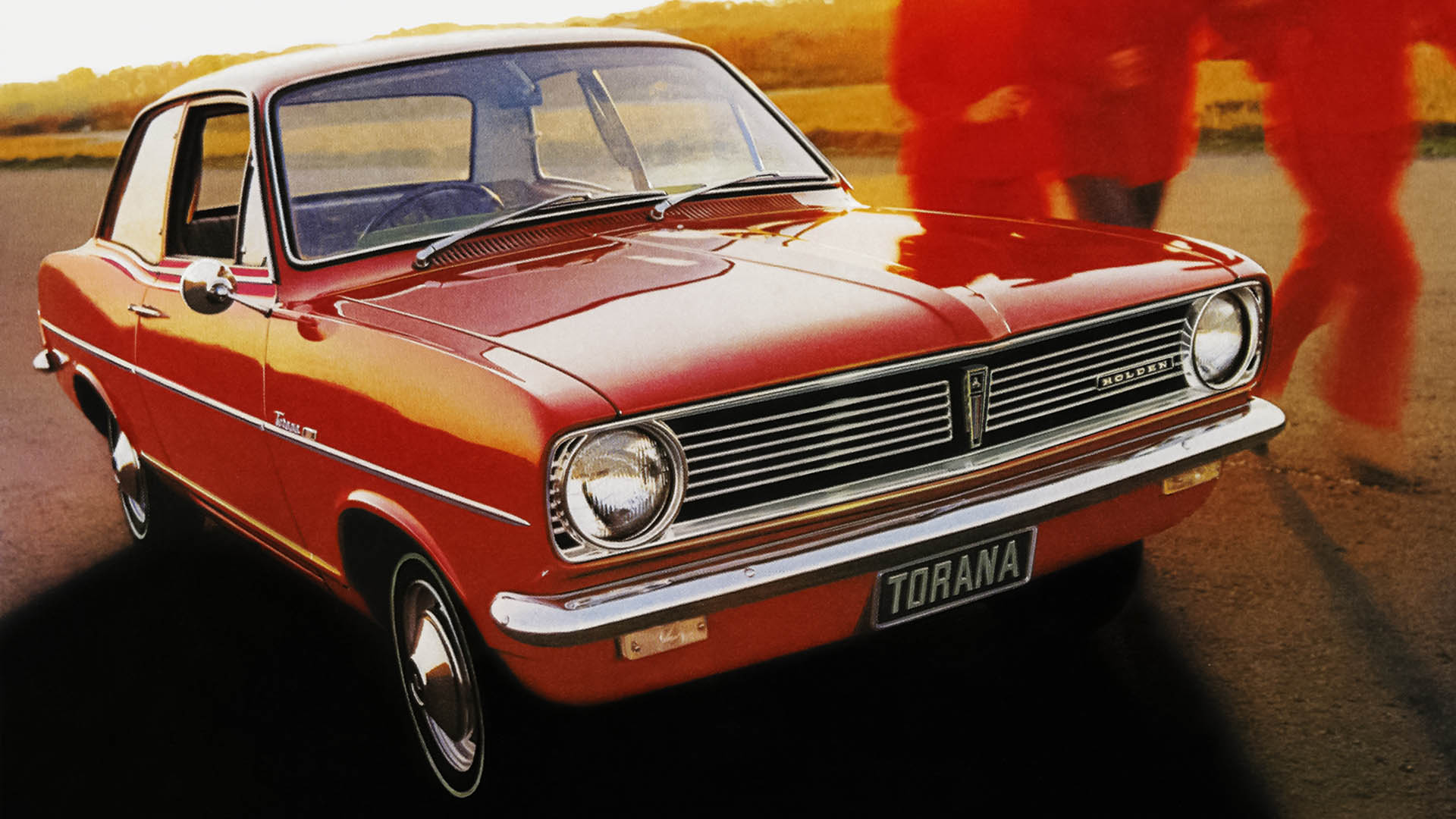
Holden Torana
© HoldenLaunched in 1967, the first Holden Torana was little more than a rebadged Vauxhall Viva HB. There were a few subtle differences, namely the redesigned grille and headlights, different wheel trims, removal of the air vents and different rear panel – but until 1969, the Australians were essentially driving a Viva. In common with the UK car, there was also a Brabham Torana, named in honour of the Australian racing driver.
-
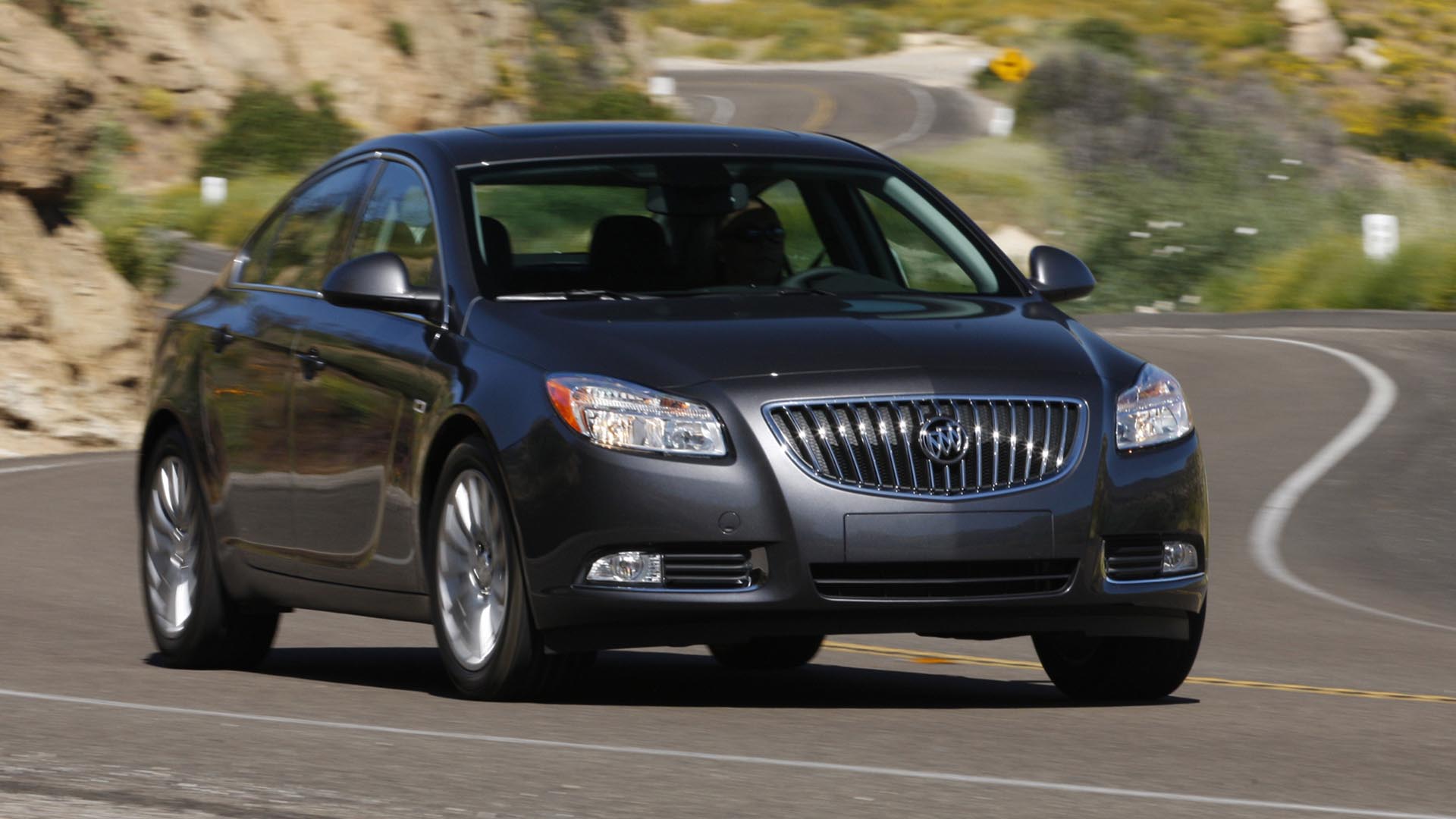
Buick Regal
© BuickAlthough the first-generation Vauxhall Insignia is arguably too modern for Retro Motor, it might depress you to discover that it was launched 15 years ago. Buick called the Regal a ‘premium sport sedan born in Europe and bred on the Autobahn’, which was fine until you discovered that the American Insignia wasn’t available with the Euro car’s 256hp 2.8-litre V6, but with a pair of four-cylinder engines.
-
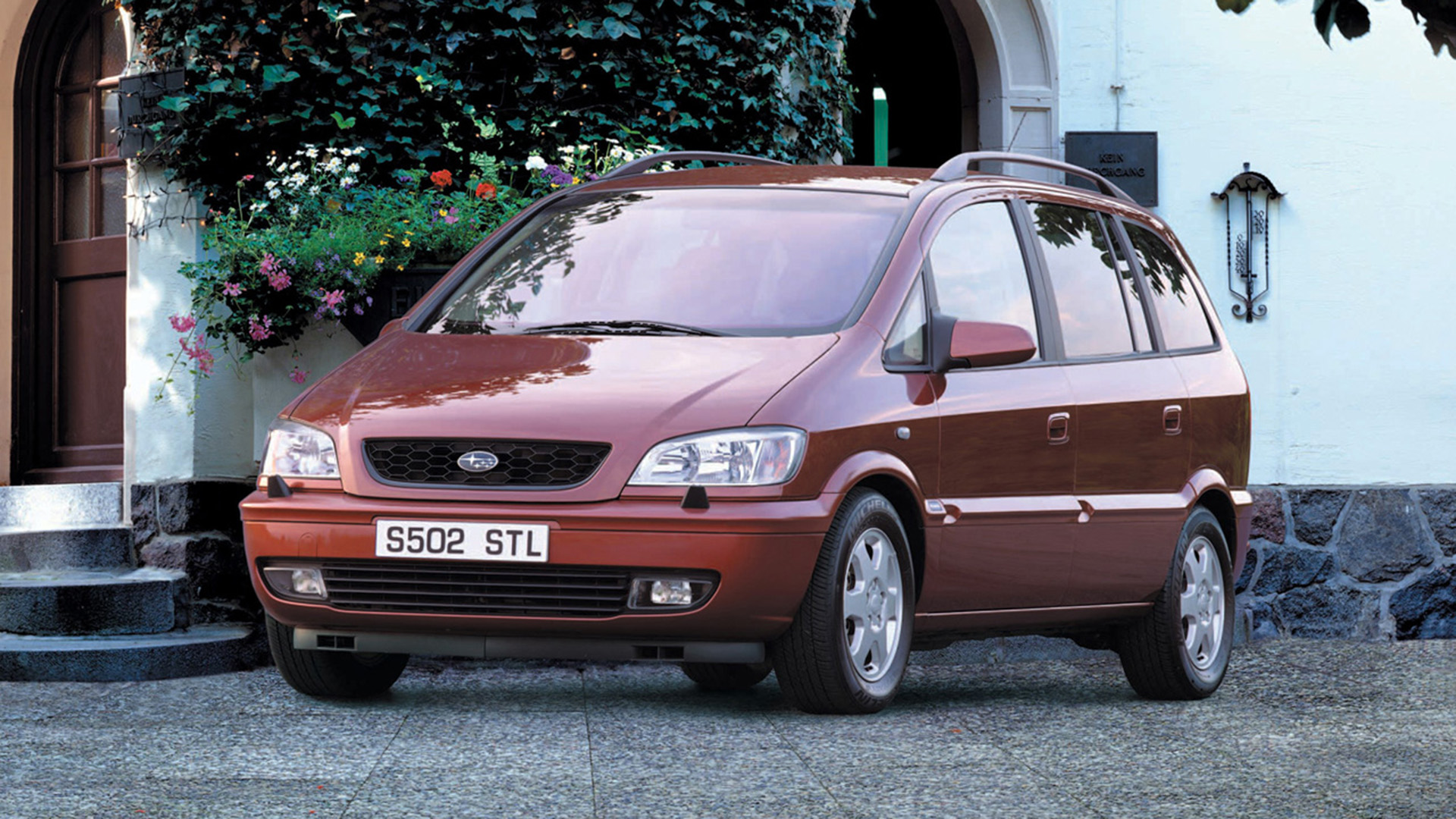
Subaru Traviq
© SubaruIn 1999, GM bought a 20.1 percent share in Fuji Heavy Industries, the owner of Subaru. Although the relationship was short lived – GM sold its stake in 2005 – it led to the creation of two badge-engineered specials. India was treated to a Chevrolet Forester, while Japan got a Subaru Traviq. Built by GM Thailand, the Traviq was almost identical to the Zafira, right down to the Flex 7 seating arrangement.
-
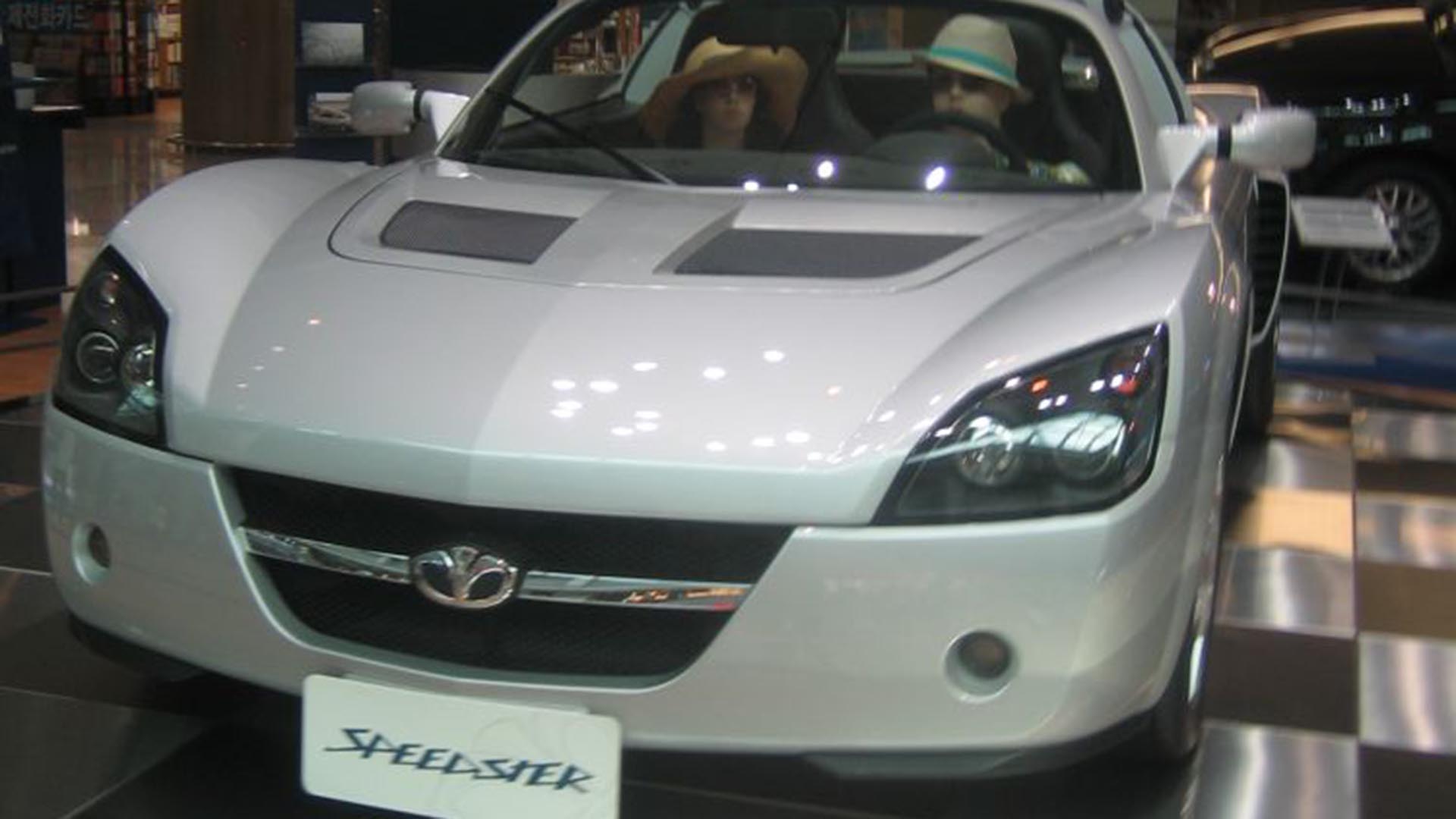
Daewoo Speedster
© Amol Koldhekar – FlickrUnveiled as an Opel concept at the 1999 Geneva Motor Show, then as a Vauxhall at the London Motorfair in the same year, the production version of Project Skipton went on sale in July 2000. The Vauxhall VX220 and Opel Speedster were built by Lotus in Hethel using a modified Elise chassis, initially with a 2.2-litre Ecotec engine, and later with a 2.0-litre turbo from the Astra GSi. Pictured is the one-off Daewoo Speedster Turbo.
-
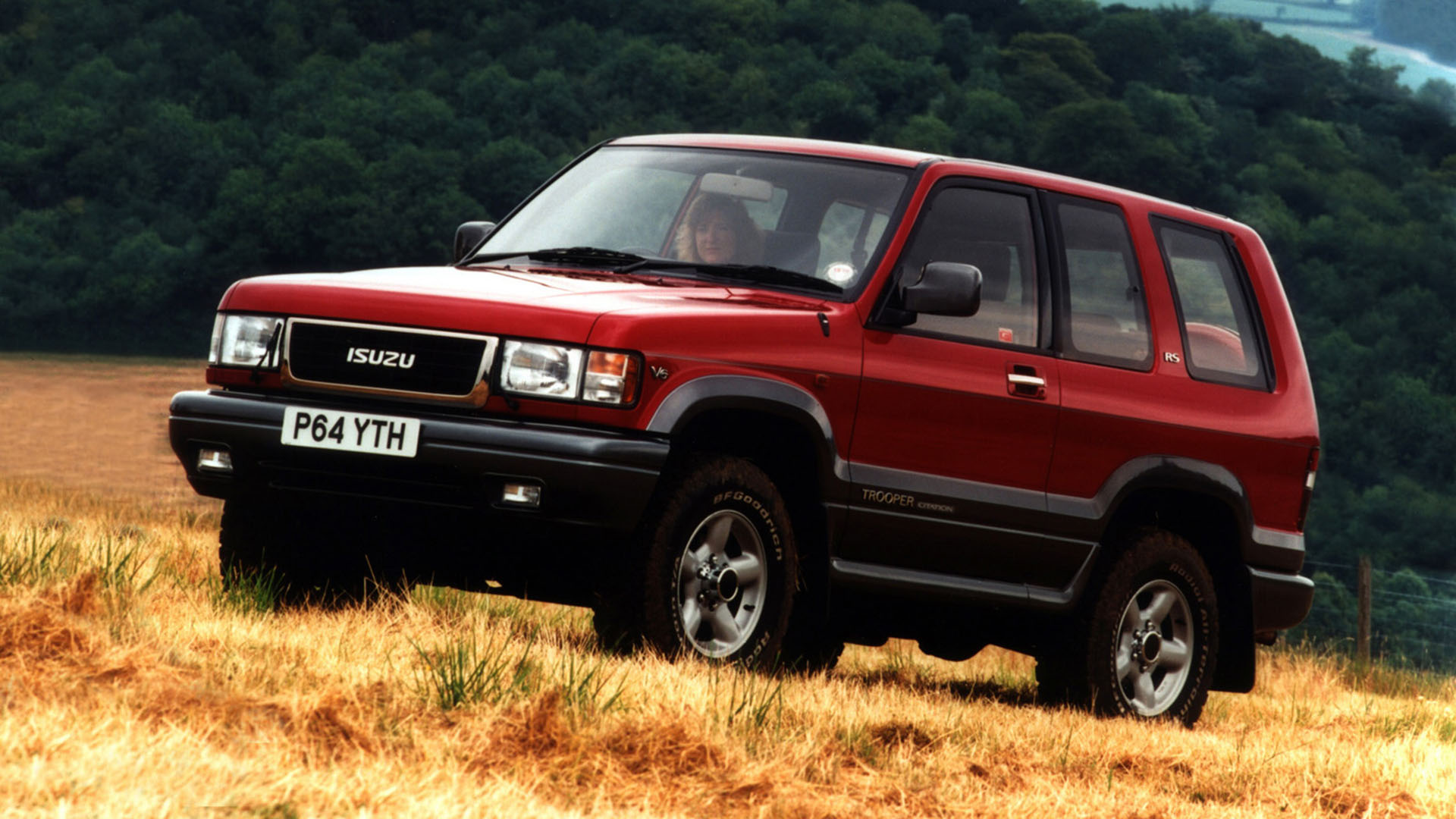
Isuzu Trooper
© IsuzuThe Isuzu Trooper was the Frank Abagnale of the automotive world, with no fewer than a dozen different identities. The list includes the Holden Jackaroo, Subaru Bighorn, Honda Horizon, Sanjiu 3-Nine Trooper and, closer to home, the Vauxhall Monterey. It’s hard to believe today, when just about every manufacturer offers an SUV of some description, but when the Trooper was new, launching a high-riding vehicle was a tall order. Isuzu capitalised on this, first with the MU, then with the Trooper.
-
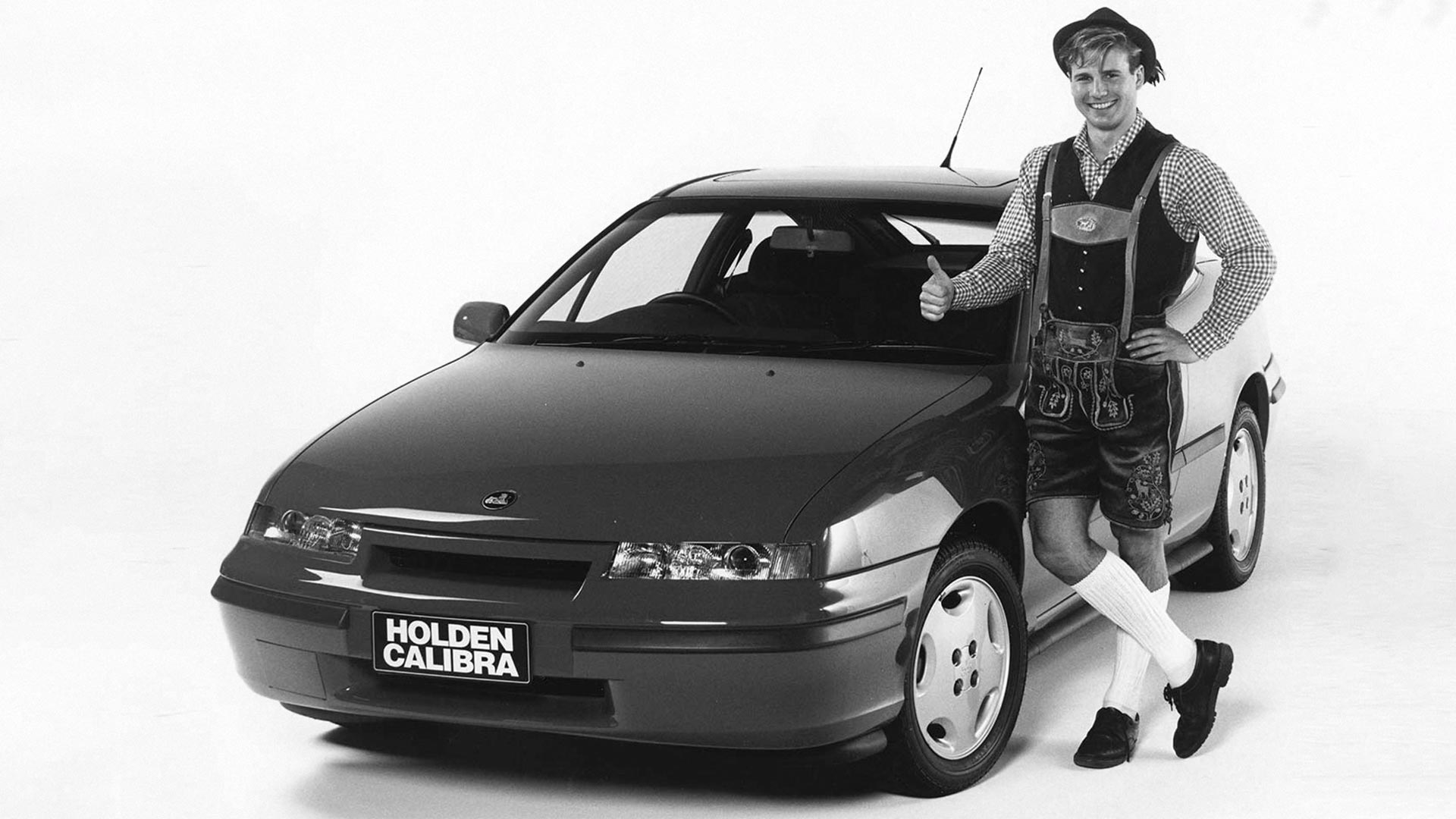
Holden Calibra
© HoldenDesigned by Wayne Cherry and Erhard Schnell, the Opel Calibra was engineered and built in Germany. The late Herr Schnell (top, top name) also designed the achingly cool Opel GT, but called the ultra-aerodynamic Calibra “My favourite car”. It was Vauxhall’s coupe of the 1990s, and while plans for a Saab Calibra were shelved, it did go on sale in Australia as a Holden. Just 3,000 were sold, as the Aussies stayed loyal to Japanese coupes. Still, this chap liked it.
-
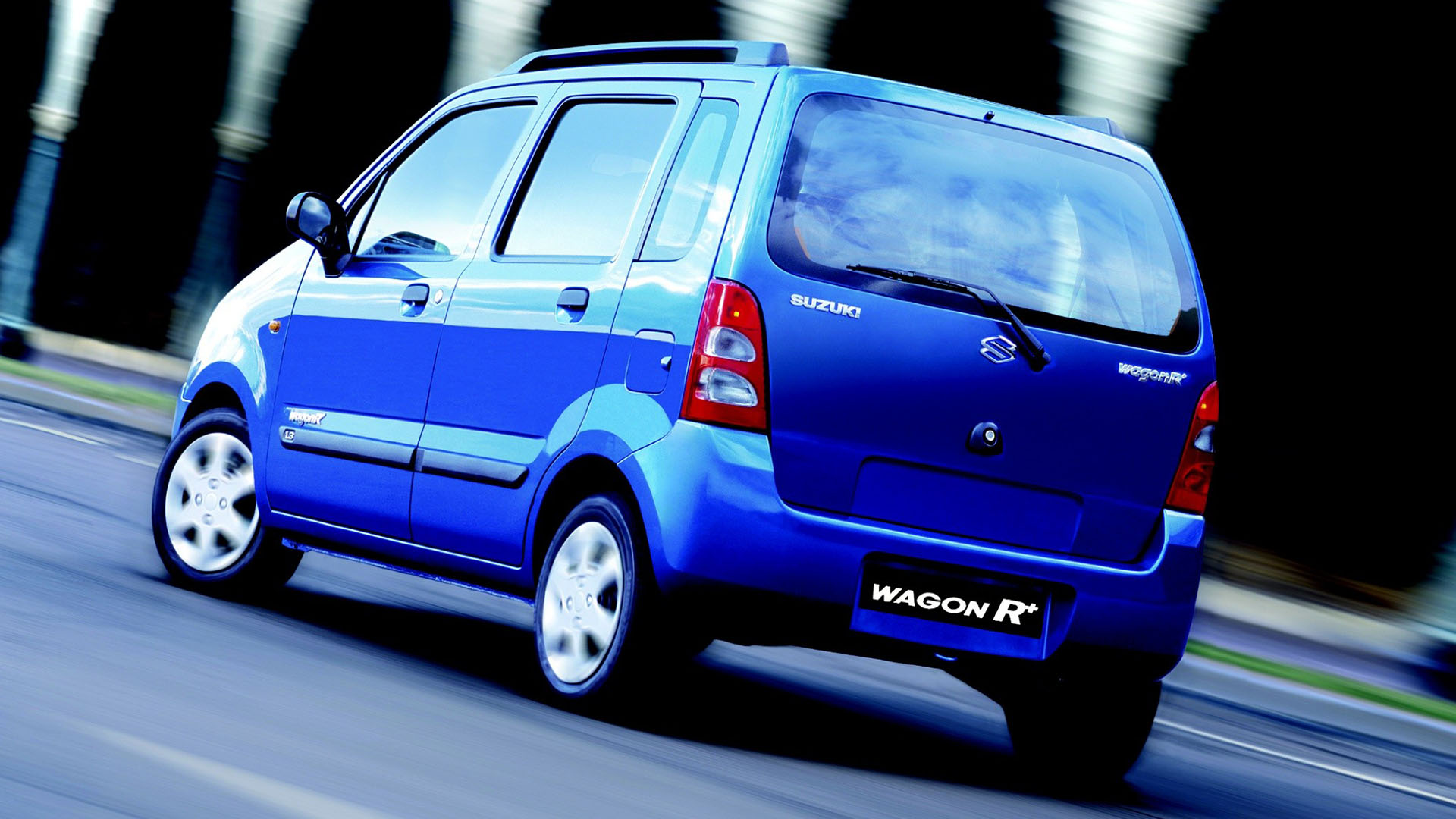
Suzuki Wagon R+
© SuzukiHere’s a bit of useless trivia for you. While the European version of the distinctly Japanese Suzuki Wagon R+ was built in Hungary, the rebadged Vauxhall Agila was produced in Poland. After such excitement, you might be in need of a lie down, so it’s handy that the seats can be folded down to create a double bed.
-
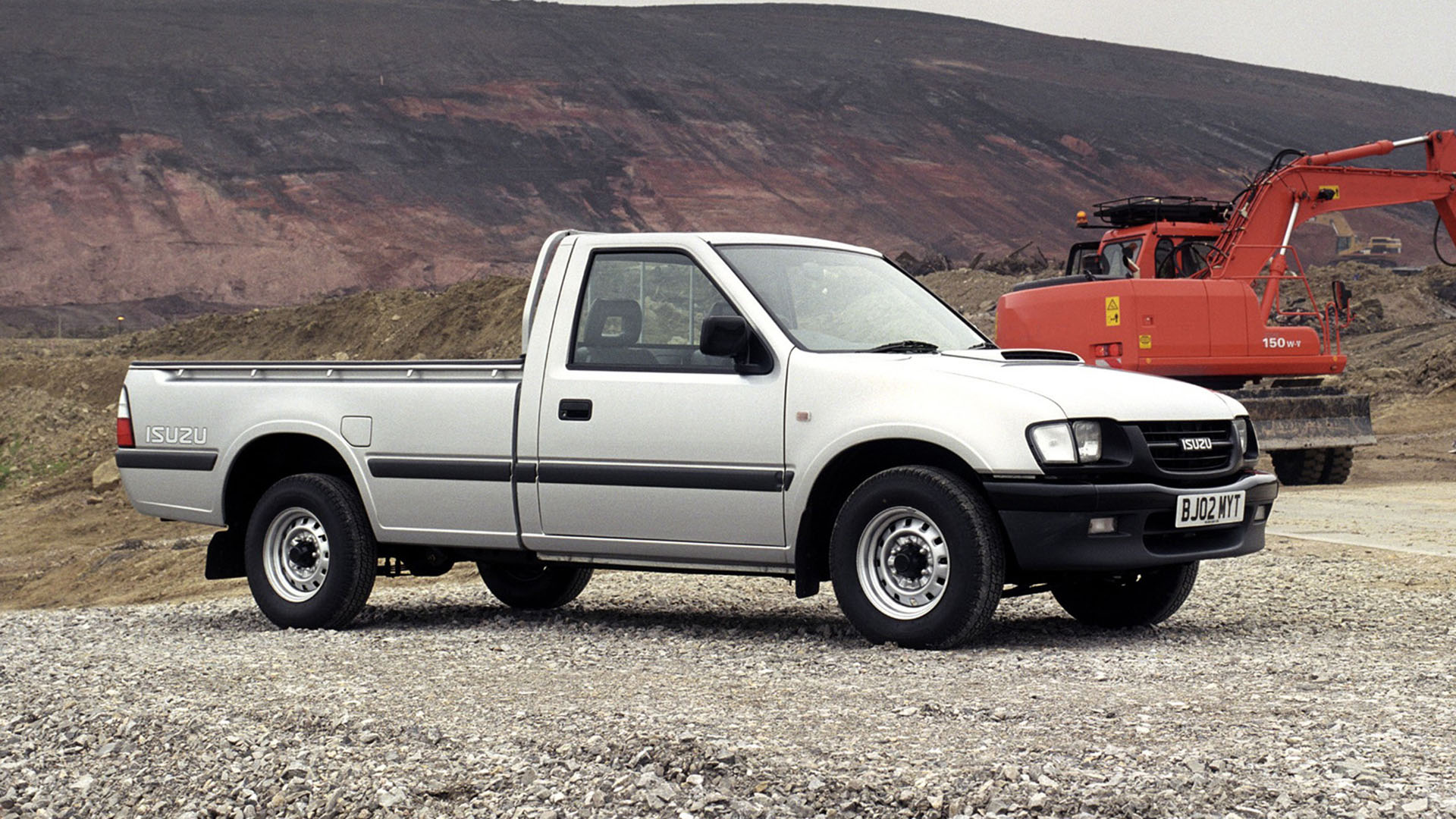
Isuzu TF
© IsuzuYou’ll probably remember this pick-up, first as the Bedford Brava and later as the Vauxhall Brava. In both cases, it was based on an Isuzu and it goes down in history as Vauxhall’s first four-wheel-drive vehicle. It’s also another Isuzu with multiple identities, including Isuzu Fuego, Holden Rodeo, Opel Campo, GMC Invader and Isuzu Dragon Eyes. Fancy some more trivia? In Japan, four-wheel-drive versions were called Rodeo, while rear-driven pick-ups were called Faster.
-
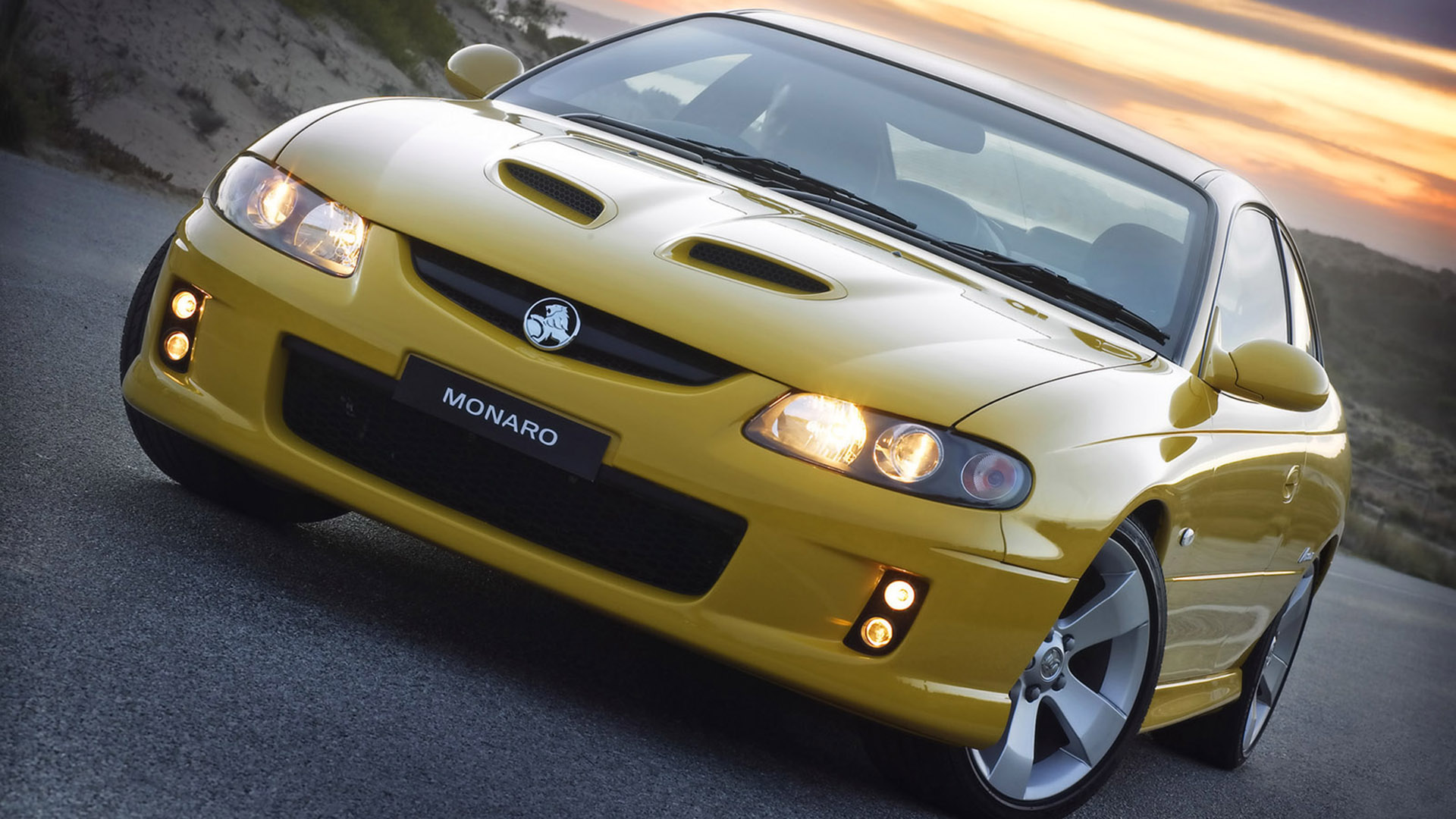
Holden Monaro
© HoldenIn some ways, the Vauxhall Monaro felt like a spiritual successor to the Lotus Carlton. Arriving in 2004, the Monaro sat alongside the VX220 to add some much-needed glamour to the Vauxhall range, courtesy of a 5.7-litre V8 engine from a Chevrolet Corvette. This was the ‘standard’ car; the VXR version packed a 6.0-litre V8 and even more tyre smoke. Strewth, mate. Other Australian exports included the VXR8 and Maloo – also rebadged Holdens.
-
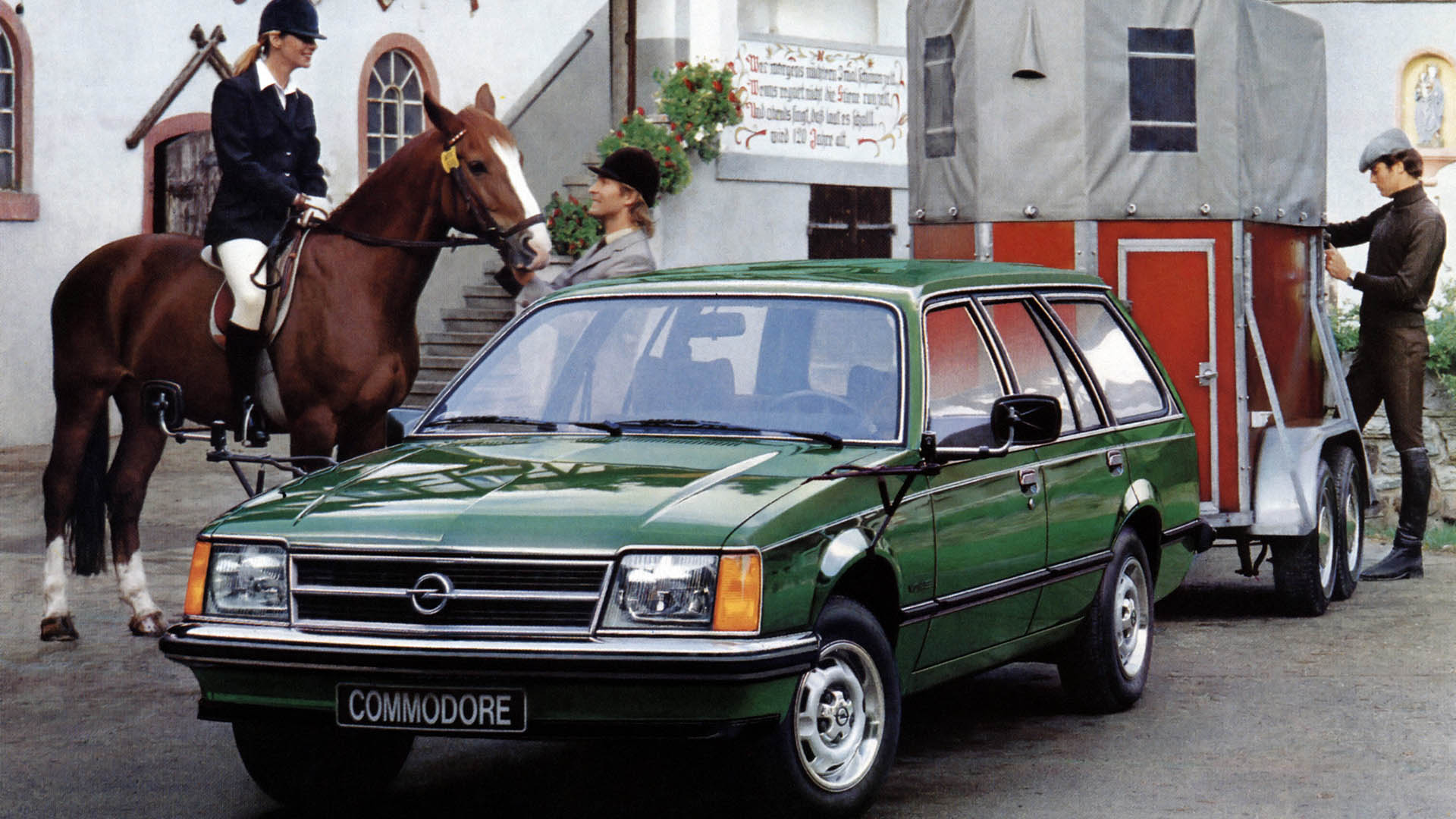
Opel Commodore
© OpelIf you grew up in the 1970s or ’80s, you probably thought Opel’s cars were significantly cooler than their Vauxhall counterparts. Telling your schoolmates your dad drove an Opel Commodore was worthy of more playground points than saying he owned a Vauxhall Viceroy. An estate version of the Commodore was offered in Europe, but not in the UK. That said, a one-off wagon was built for Queen Elizabeth II in 1981.
-
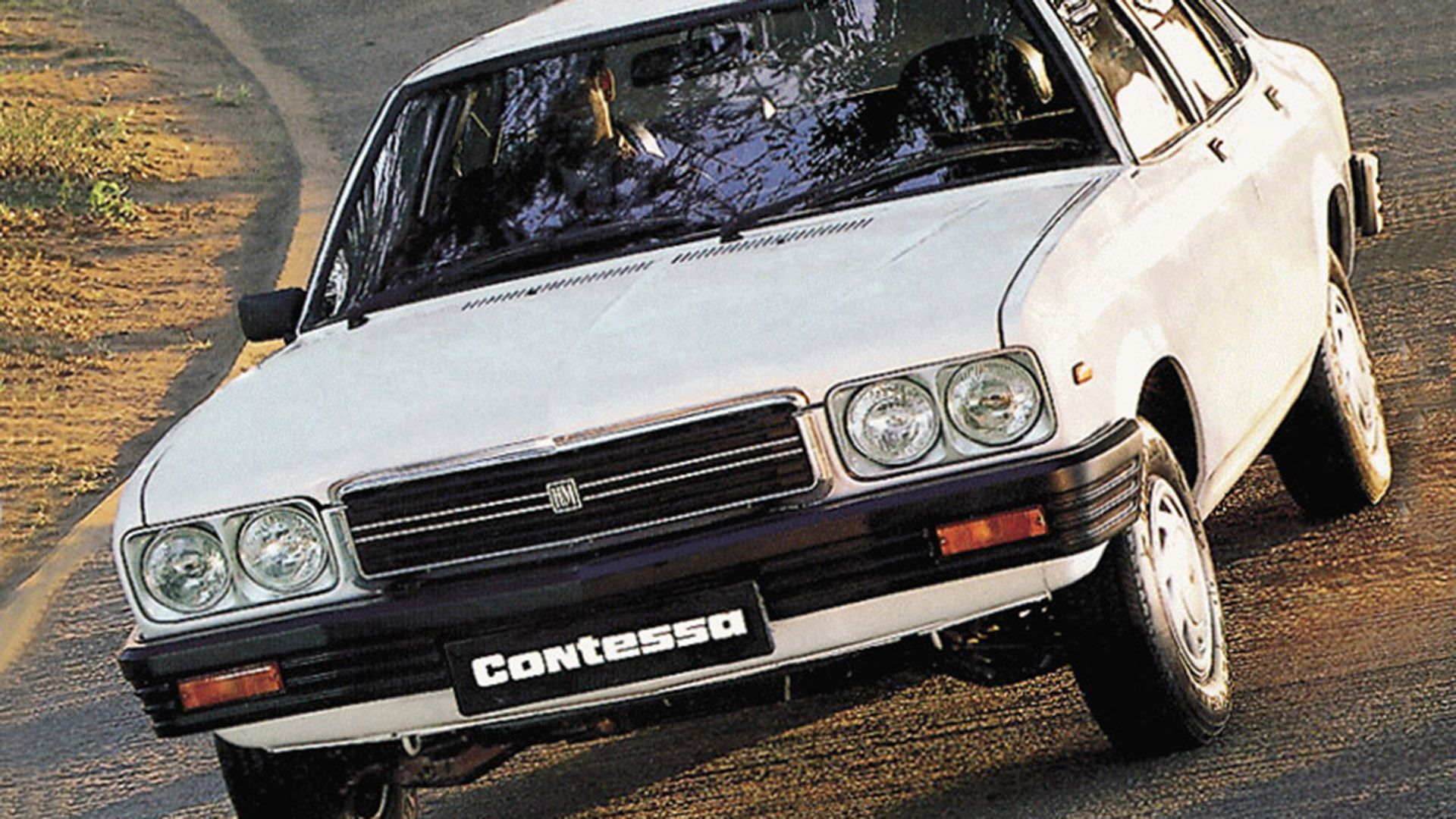
Hindustan Contessa
© HindustanThe FE was the last of the Vauxhall Victor models, but the car didn’t die when sales stopped in 1978. It lived on in India as the Hindustan Contessa, with production getting underway in 1984. To keep costs low, Hindustan used the BMC B-series engine from the Ambassador, a car famously based on the Morris Oxford. Later cars came with Isuzu-sourced petrol and diesel engines, before production ceased in 2002.
-
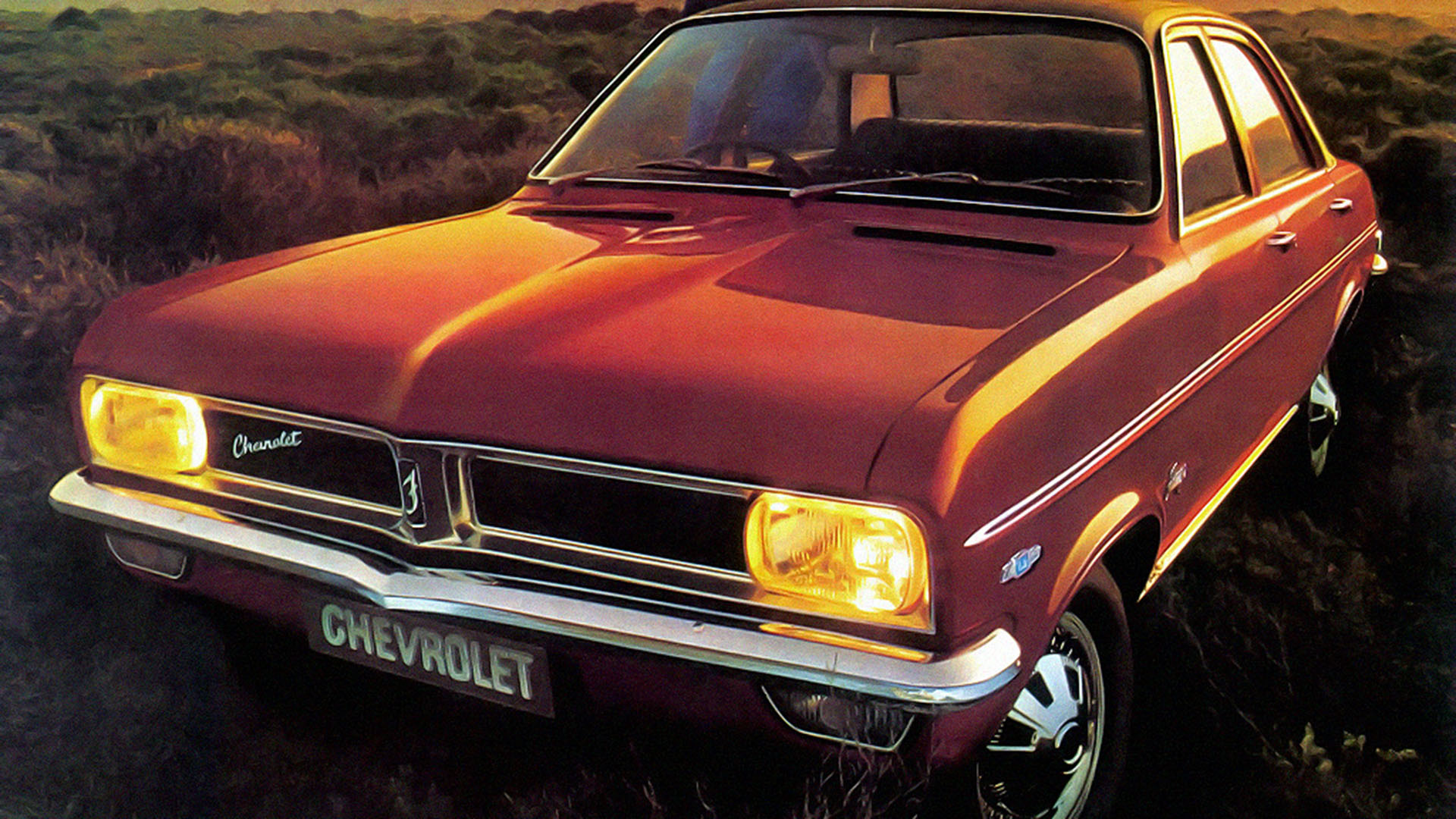
Chevrolet Firenza
© ChevroletThe Vauxhall Firenza was essentially a two-door coupe version of the Viva HC saloon. In 1973, Vauxhall launched a performance version penned by Wayne Cherry and powered by a fuel-injected 2.2-litre engine. Officially, it was called the HP, but most people refer to it as the ‘Droopsnoot’. The Chevrolet Firenza was built locally in South Africa in both two- and four-door guises.
-
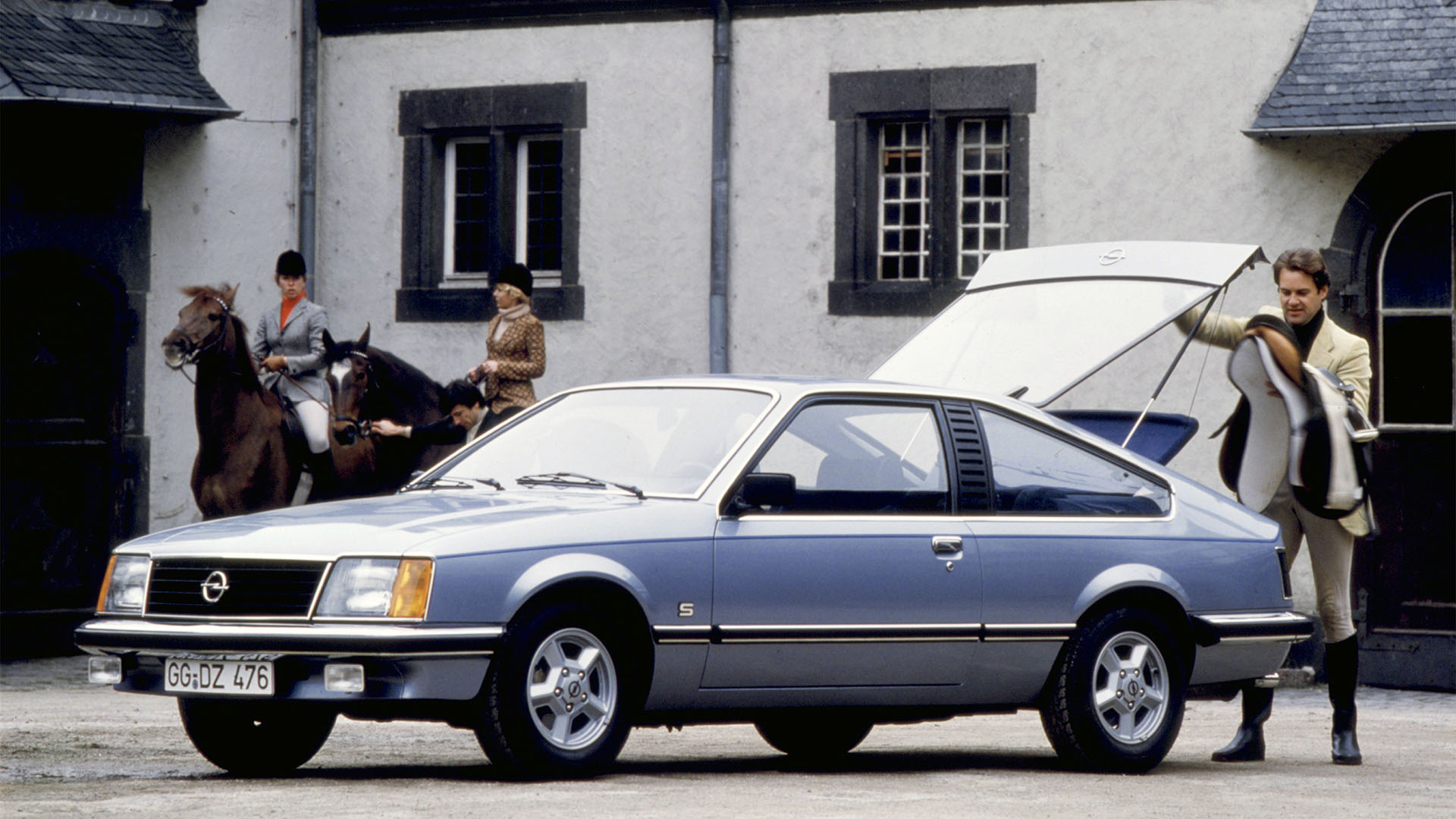
Opel Monza
© OpelThe Vauxhall Royale and Royale Coupe were little more than badge-engineered versions of the Opel Senator and Monza, respectively. For a while, the Opel and Vauxhall versions were direct rivals, but all that changed in 1982 when Opel facelifted the Monza and Vauxhall dropped the Royale Coupe. With the flagship 3.0-litre six-cylinder engine, the Monza was Opel’s fastest production car at the time.
-
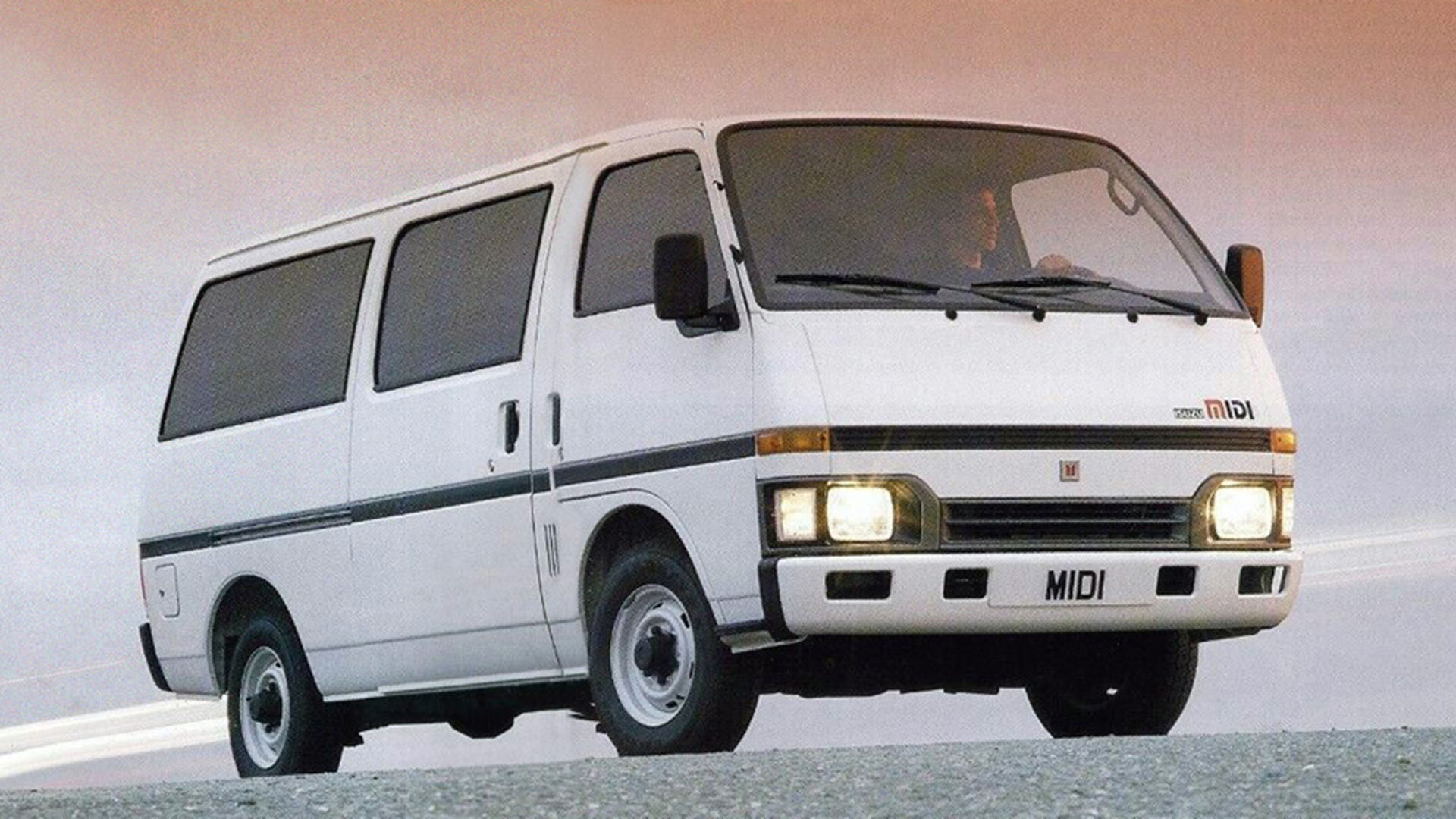
Isuzu Midi
© IsuzuThe Isuzu Fargo/WFR one-tonne van was launched in its domestic market in 1980. Exports followed later, with the European model built in the UK by Bedford and sold under various guises, including Bedford Seta, Isuzu Midi, GME Midi and, of course, Bedford Midi. This became the Vauxhall Midi in 1990, which spawned the relatively plush eight-seater Albany. Highlights included a leather-covered steering wheel and wood veneer. Fancy.
-
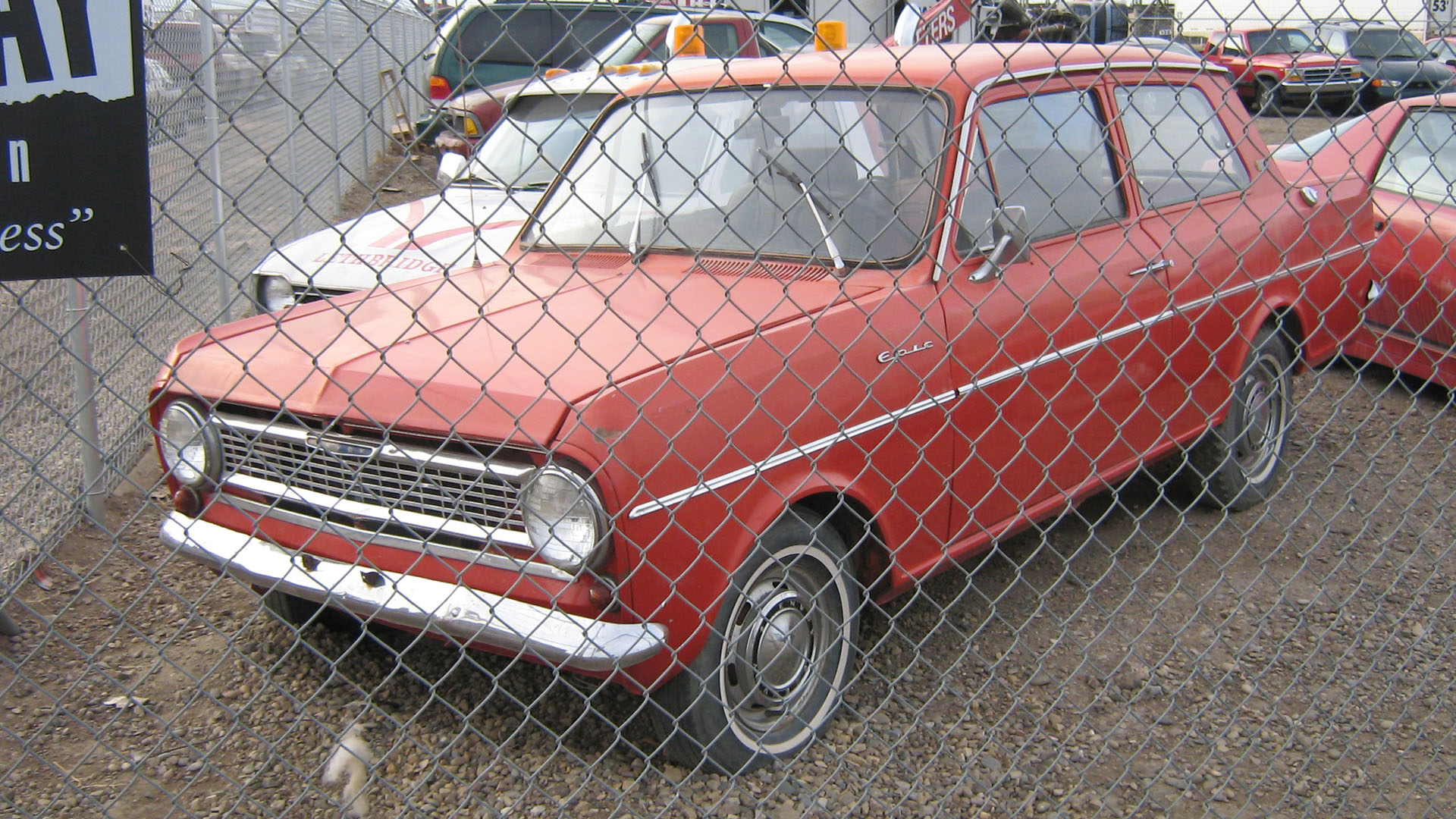
Envoy Epic
© dave_7 – WikimediaEnvoy was a brand created by General Motors of Canada to sell badge-engineered Vauxhall and Bedford vehicles. These included various versions of the Victor, the Bedford CA van and two generations of the Viva (HA and HB). When the Envoy brand died in 1970, the Viva HC continued to be imported as the Firenza.
-
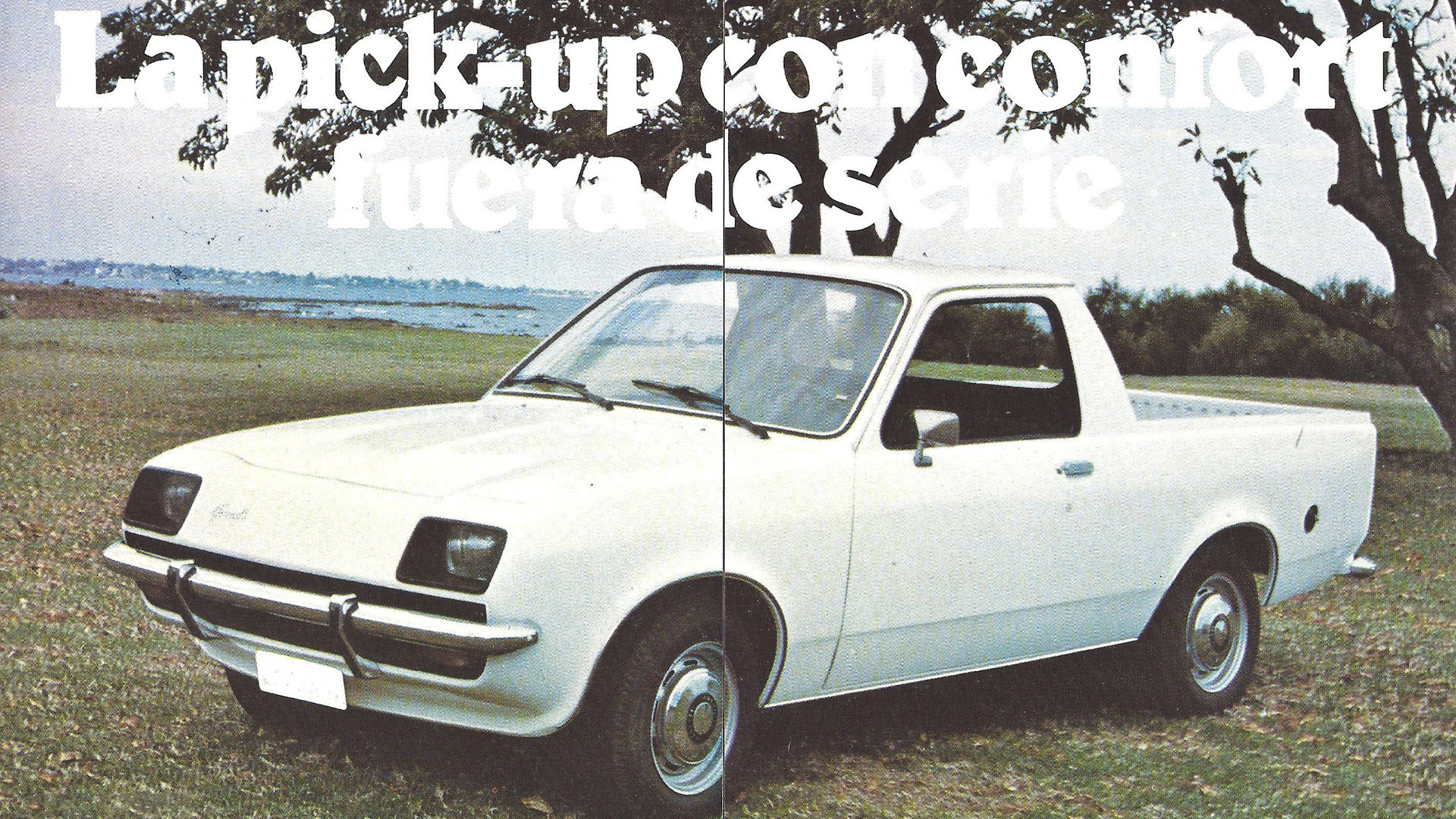
Grumett pick-up
© John Lloyd – FlickrWe end with the T-Car: General Motors’ attempt at creating a ‘world car’, which involved Opel, Isuzu and GM’s operation in Brazil. The idea was to create a simple, rear-wheel-drive car that could be configured in multiple body styles and adapted, with little work, for different markets. The UK variant arrived in 1975 as the Vauxhall Chevette, but our favourite is the Grumett glassfibre pick-up, built in Uruguay and exported to several South American countries.
21 cool Vauxhalls – but not as you know them
Many Vauxhalls have worn a huge variety of different badges, from Cadillac to Daewoo. Here are some cars that will probably look familiar
Home 21 cool Vauxhalls – but not as you know them
News
Ultra-rare MG XPower SV-R supercar is up for sale
One of only 42 examples built, this V8-engined MG XPower SV-R is a true piece of British motoring history – and you could own it.
Race and rally Ford icons head to auction this month
The Iconic Auctioneers NEC Classic sale features an array of legendary Ford performance cars, including a Sierra RS500 and a road-spec RS200.
Classic Jaguar bought by Madonna heads to auction
Pop icon Madonna has been photographed at the wheel of this Jaguar Mark X, which she purchased for her son, Rocco, to use in London.
Features
How a broken-down Volkswagen helped create a famous dog toy
Loved by millions of dogs around the world, the Kong chew toy was inspired by a suspension part from the Volkswagen Type 2 Bus.
Lancia Thema 8.32: the sensible saloon with a Ferrari engine
With a 3.0-litre Ferrari V8 under its bonnet, the Lancia Thema 8.32 might be the ultimate Q-car. Rowan Atkinson owned this one, too.
These are the modern classics you should buy as an investment
Because Clive says so.
Reviews
1983 Lotus Esprit S3 review: Retro Road Test
We review a classic Lotus Esprit S3, a wedge-shaped British sports car that shines despite its flaws. Did we mention James Bond drove one?
1983 Audi Quattro review: Retro Road Test
Fire up the Quattro! We drive the car that transformed Audi's image – and dominated world rallying thanks to four-wheel drive.
1992 Porsche 964 Carrera RS review: Retro Road Test
The 964 Carrera RS was the first Porsche 911 with ‘RS’ on its rump since the legendary Carrera 2.7 RS of 1973. We drive it.
